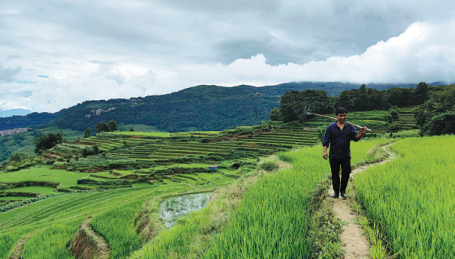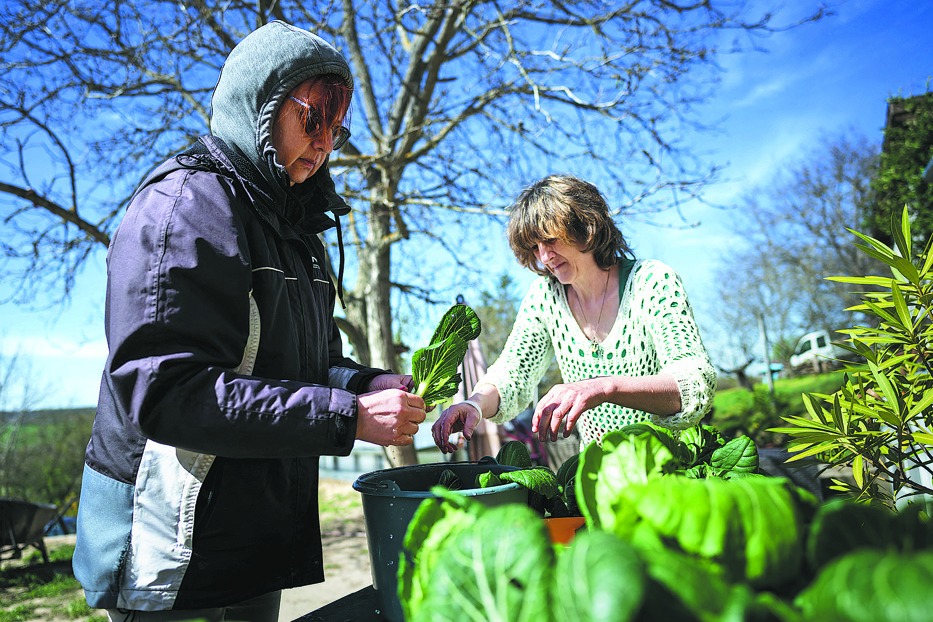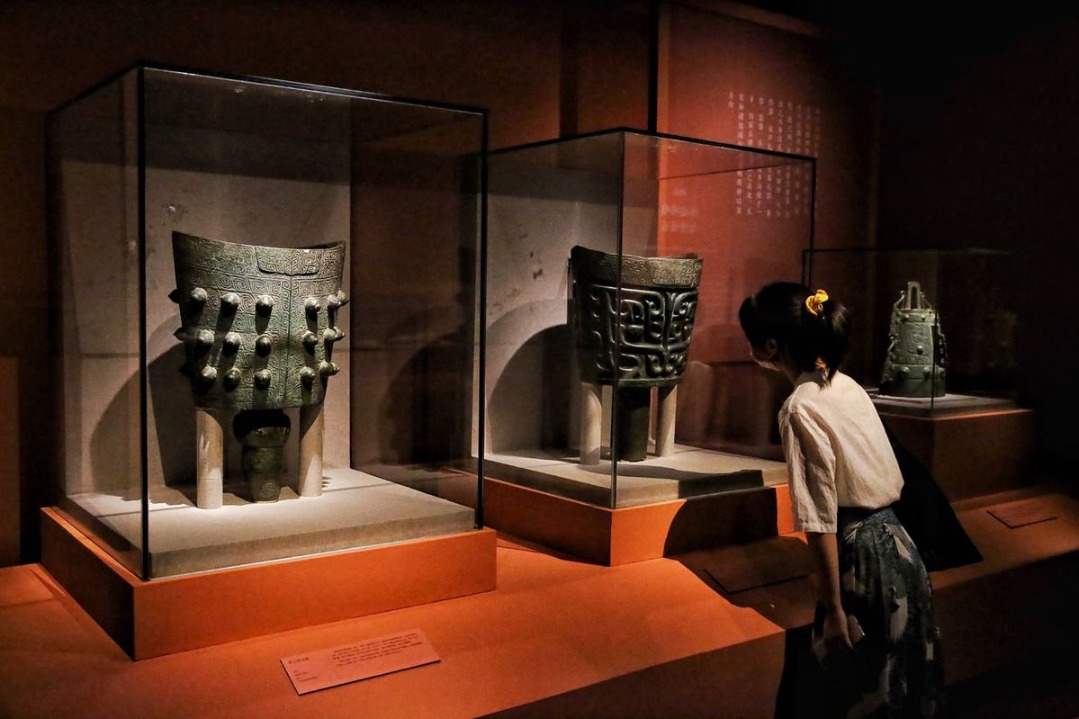Unique farming model helps keep ecosystem safe
By ZHANG YANGFEI and LI YINGQING in Honghe, Yunnan | CHINA DAILY | Updated: 2021-07-08 09:56

The unique rice-fish-duck integrated farming model practiced on the Hani rice terraces-a UNESCO World Heritage site in Yunnan province-helps to maintain the regional ecosystem and provides a good example of eco-friendly agriculture.
In May, 15 migrating elephants passed through the area-located in Honghe prefecture-having left their original habitat in Xishuangbanna prefecture in Yunnan's far south in March last year. The herd is currently in Yuxi, a city in the center of the province. The unusual long-distance trek has attracted global attention.
"Rice-fish-duck" refers to a long-accepted system of cultivating rice in the terraced fields while also raising fish and ducks in them. Their droppings provide natural fertilizers for the paddies, and their activity in the fields inhibits the growth of weeds and helps loosen the soil. As no chemicals are applied to the fields, this coexistence creates a self-balancing ecosystem that helps protect the environment.
The heritage site is mainly occupied by members of the Hani ethnic group, who have a long tradition of respecting nature.
The cultivation of the terraced fields relies so heavily on water that the Hani have a proverb: "Trees are the lifeblood of the water, the water is the lifeblood of the fields and the fields are the lifeblood of the people." Every year, the group holds rituals in a sacred wood to show its reverence for the forests.
The region has a unique landscape made up of four components-forests, villages, terraces and rivers-from the top of the mountains to the foothills. The landscape helps create a natural system of water circulation that removes the need for irrigation: the rain that falls on the mountain flows down through the forests and the rice fields until it reaches the river valley, where the water evaporates, and forms clouds that drift back to the mountain tops.
The rice-fish-duck model probably dates back thousands of years, but 47-year-old Li Zhengfu, from Dayutang village in Honghe, recalled that when he was little, the model was adopted piecemeal by individual households. Agricultural development in the area was stagnant because people lacked sufficient experience in efficient field management, and the terraced terrain limited mechanization of production.
To overcome these challenges while maintaining the local environment and protecting the terraced fields, the Yuanyang government has invested more than 22 million yuan ($3.4 million) in the heritage area since 2014, and has introduced companies and cooperatives to centralize agricultural management.
Now, the rice-fish-duck model is being used on about 2,133 hectares of farmland. Rice seedlings and fish fingerlings are distributed by the local government.
"Without the government's support, many people would abandon the fields and seek jobs elsewhere," said Li, who returned to the fields in 2004, when he was 30. Before that, he worked in construction outside the village, specializing in bricklaying and painting.
He said he felt his energy was failing him as he aged, so he wanted to return home to try his luck.
He now works for one of the companies that oversees agricultural production in the village, and said he not only works near home, but also earns a decent income, which is boosted by an annual dividend.
Every day, he puts on his waterproof boots, picks up a long scythe and walks over ridge after ridge to oversee maintenance of the ditches and field drains, to ensure that the water runs smoothly.
"The older generation left me with the land, so I feel a responsibility to protect it well," he said.






















